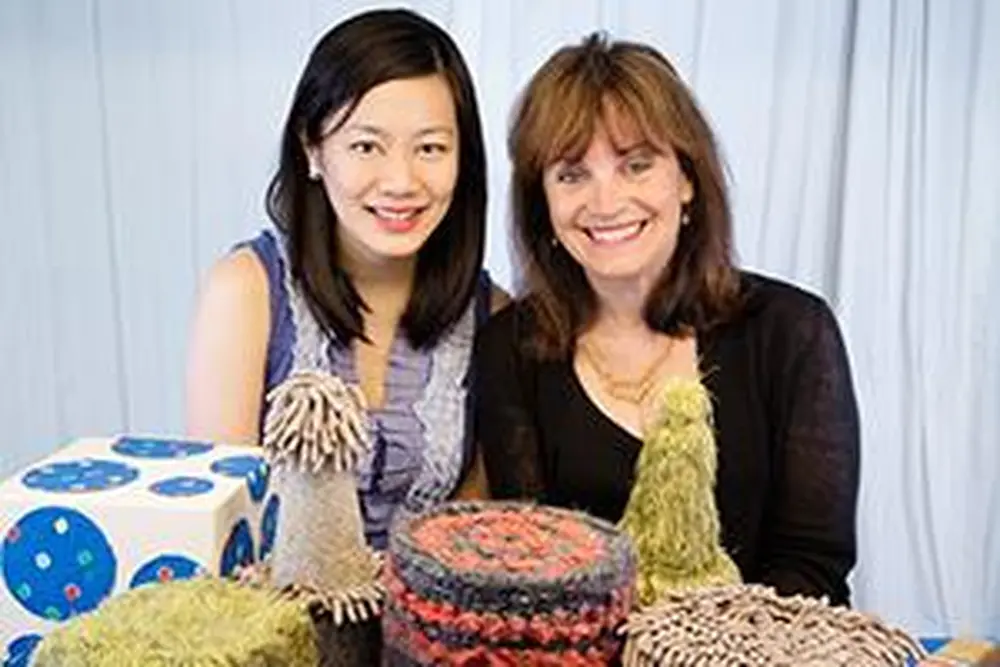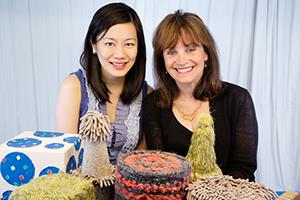

There are certain milestones we all look for in a baby: first smile, first steps, first words, etc. Perhaps only a psychologist would question the importance of whether a baby realizes that animals have internal organs. Interestingly, researchers in the College of LAS have determined that babies do.
Professor of psychology Renee Baillargeon, who led a new study with graduate student Peipei Setoh, says the finding is part of a long line of research theorizing that babies are born equipped with abstract expectations that drive their reasoning. For example, when babies see an object that responds to changes in the environment, they view the object as an agent with mental states.
Psychologists have long debated whether babies possess biological expectations about animals. The unique study at the University of Illinois provides answers to that question by examining the reactions of eight-month-old babies to baffling, animal-like objects that seem to move on their own without any internal organs.
“In each case, babies seem to be born equipped with abstract expectations that drive their reasoning,” Baillargeon says.
Setoh designed an experiment utilizing the violation-of-expectation method: If babies see something happen that they don’t expect, they look at it longer than they otherwise would.
Researchers first familiarized the babies in the experiments with objects that had different characteristics. Some objects appeared to be self-propelled and agentive, other objects had only one of these properties, and other objects had neither of these properties. The researchers then tested the babies’ expectations by revealing that the objects were hollow.
The infants looked longer at the hollow objects only if the objects were previously shown to be both self-propelled and agentive, indicating that those objects’ hollowness violated the infants’ expectations, Baillargeon says.
“When babies encounter a novel object that is both self-propelled and agentive, they categorize it as an animal, and they assume it has insides,” Baillargeon says. “It cannot be hollow.”
Another experiment the group preformed took advantage of the fact that by eight months, most babies have learned that fur indicates an object is an animal. When shown a novel, self-propelled object covered with beaver fur, babies again identified the object as an animal, expected it to have insides, and were surprised when it was shown to be hollow.
The researchers theorized babies expect animals to have insides because they possess a core understanding of biology in addition to their core understandings of physics and psychology.
“These findings go against previous claims that babies have no core understanding of biology,” Baillargeon says. “Now that we have shown babies expect totally novel animals to have insides, it calls these claims into question.”
A second explanation for this behavior is that babies’ expectations about animals and their insides are tied to the cognitive systems humans evolved to deal with predators and prey—in other words, to deal with animals as a food source.
“Understanding that animals are capable of both self-propulsion and agency would have greatly helped our human ancestors to evade predators and to capture prey,” Baillargeon says. “And insides would have played a critical role in their interactions with all animals. A predator whose insides have been removed is no longer a threat. And of course, eating the insides of a predator or prey provides nutritious food.”
Baillargeon believes the findings will help scientists and others better understand how babies see the world.
“It’s interesting to know now that when babies go to the park and see rabbits and dogs and birds, they think all of them have stuff inside!”


